Notes from 11th Street
4 years ago by
I’ve lived in three states, five cities, and sixteen addresses. When I landed in New York seventeen years ago, I embraced the momentum that’s synonymous with city living. But this story is about one city block that helped me endure a distinct block of time. This story is about staying put.
It was that point in the season where it was difficult to tell whether the night sky was blue or black. There were no visible stars. There was only a feeling. I felt the heavy air take hold of me—a dark blanket of winter sky enveloped my family upon arriving in New York in February 2005.
The moving truck was still miles away from our new apartment in Forest Hills. I hadn’t learned this yet, but it’s a rare occurrence not to feel weighed down in the city. Since we were unencumbered, we decided to explore the neighborhood.
After turning the corner from our fairly residential street, slowly and then, seemingly all at once, vibrant colors swirled from every direction. I watched taxis breeze down Queens Boulevard, casting glowing trails of neon light. I squinted to make out an orange circle in the distance—the F line emblem subtly illuminated—signaling the entrance to the 75th Avenue subway station. Storefront and restaurant windows emitted warm hues, beckoning us inside from the bitter cold.
It was different from where I had just come from—a small town with few comforts. « It’s late, and it’s alive, » I thought. We were hungry, and we were searching. So we kept walking.
I never really stopped moving after that first night. In the years to follow, movement imbued my life: I howled with laughter as I clumsily ran with friends through subway cars. (The game was to run to the opposite end of the next car at each stop before the train doors closed—bonus points if you got there first.) As a dance student at one of the city’s performing arts high schools, I raced from dollar slice pizza dates around St. Marks Place to school rehearsals in Astoria or ballet classes off Lexington Avenue. (Ah, to be young.) I lazily strolled with crushes from SoHo all the up to Central Park West. (Yes, my feet were fine for the most part—though I couldn’t always say the same for my teenage heart.) During my short-lived college years, I commuted from classes to internships to brand events to meetings. (Following this period, I turned my Tumblr blog into a boutique content company.)
There was a familiarity with these routes, but you rarely want things to stay the same when you’re young. At that point, I didn’t simply understand the myth that makes New York so magical (and frightening); I took it to heart: The more ground you cover, the more you are experiencing. The more you are becoming. The more you are worth.
Growing up here was fast, and sometimes the pace made me furious. These days—and closer to home—that fury has culminated in other, quieter ways.
***
I’ve spent a solid amount of my adult life in Brooklyn. Specifically, I’ve lived in two apartments on 11th Street since 2016. (If you want to get a sense of their proximity to each other, both addresses contain the exact same numbers almost in identical order.)
The first space was a humble 400 square foot studio in a six-floor walkup with my significant other, John. Neither of us had lived with a romantic partner before, yet the possibility of canvasing those exposed brick walls filled us with warmth and pride. As we adjusted to the rhythm of daily life together (John heading to the office, me staying behind to work from home), I grew to look at our neighborhood as a source of company.
Two years later, and approximately half a block down, we moved into our current apartment. It’s magical, and we feel incredibly grateful to be here. Light spills into our bedroom in the early morning and glimmers in our dining room during golden hour. But the dramatic shadows and stunning nineteenth-century moldings have become a backdrop to more than just aesthetic endeavors. When the COVID-19 pandemic brought New York to a halt and called city dwellers to shelter in place, our relationship to home changed in an instant. Perhaps even more startlingly, our relationship to movement disintegrated.
There would be no venturing into the city for coffee get-togethers. There would be no subway rehearsals before pitch meetings. There was only a confined closeness while people remained apart, and with that, the edges of life became more apparent. 11th Street was no longer a marker of our residence. It was our portal to the world—however little access we had to it.
***
The stretch of 11th Street that I occupy looks like this: Brownstones line each side of the road. Tree canopies cover the sidewalks providing beauty or respite depending on the weather. If I stand on my stoop and look to my left, I see a busy (and somehow still scenic) intersection. To my right, the foliage-laden entrance of Prospect Park.
While we’re on the subject, I should mention another kind of (home) stretch: In the months leading up to 2020, my feelings of burnout were at an all-time high. After a decade of running a digital business (and, a lot of the time, running into walls), I knew that I needed to change directions. This process began by closing my Tumblr-turned-website and formally launching Slow Stories (a podcast—and now platform—that explores how we can live, work, and create more thoughtfully in our digital world).
Beyond the screen, it had also become difficult to reconcile my desire for slowness with the frenetic energy that characterized my surroundings: Herds of school children squealing while marching together in single-file lines; dog walkers and their canine posses weaving in and around commuter crowds; remote workers talking (read: shouting) passionately into their cell phones outside of coffee shops, keeping one eye on their belongings amidst laptop-laden tables. Don’t get me wrong, all of this was an incredible sight, and it seemed on par with what life was supposed to look like in New York. But as I continued to move within the currents of hurried living, I felt a sense of relief every time I turned the corner back home.
When the pandemic ultimately shattered the picturesque version of what we—I—knew to be true, walking down 11th Street showed me everything and nothing. There were muffled « hellos » under masks, crayon-drawn signs with words of encouragement taped to windows. In reality, not a whole lot happened on these walks, and that was a remarkable thing, given how much the ground kept shifting beneath our feet.
There was nothing we could do, even less to see, and so much more to consider.
***
Over the past eighteen months, I’ve watched people depart New York for the mountainous Colorado terrain, the lush California beaches, or idyllic upstate towns. (I understand the motivation, but it’s worth noting that many of these individuals have made their way back to the city.)
« There are other places to live, » friends and family members throughout the country gently argue. And they’re right. There are other places to live. But I’ve learned there are also other ways to live—other ways to move through the world not only to understand your place within it but to let the journey guide you to a place of deeper understanding overall.
I stayed—because I wanted to, out of necessity. But also out of a looming obligation to help rewrite a narrative about how one can live in New York City untethered from its demand for more. It turns out that distance from the usual expectations of city life reinforced an important lesson: In times of transformation or crisis, we often let the allure of newness eclipse the magic of what’s already in front of us. And because we measure value in growth, it’s easy to write off moments that aren’t always quantifiable. But these are moments we have to choose: To see. To create. To love. To remember.
***
Once, while standing at a congested traffic corner (watching people stop short to avoid crashing into one another), John remarked that « people in New York rush to go nowhere. » I think about this idea often as the city continues on its path towards reopening, though I would be remiss not to acknowledge that it is an immense privilege to slow down. Still, I believe that we all have the ability to view our relationship with movement through new lenses: quality, slowness, purpose.
Whether or not it’s feasible to put these ideas into practice every day in a place like New York will be determined. I want to rush towards those possibilities—but as I said before, this story is about staying put. So here on 11th Street, I look around; I also look within, reflecting on the moments that don’t have anything to do with being more or better. Because at the end of the day, these moments make a quality life. And regardless of where they’ll lead, I’m still moving forward—more than likely on the same street, undoubtedly in a new chapter of life—however slowly, step by step.

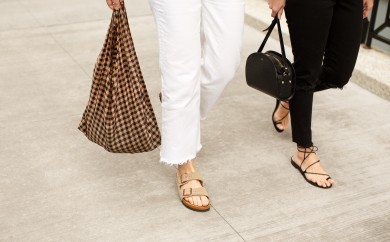
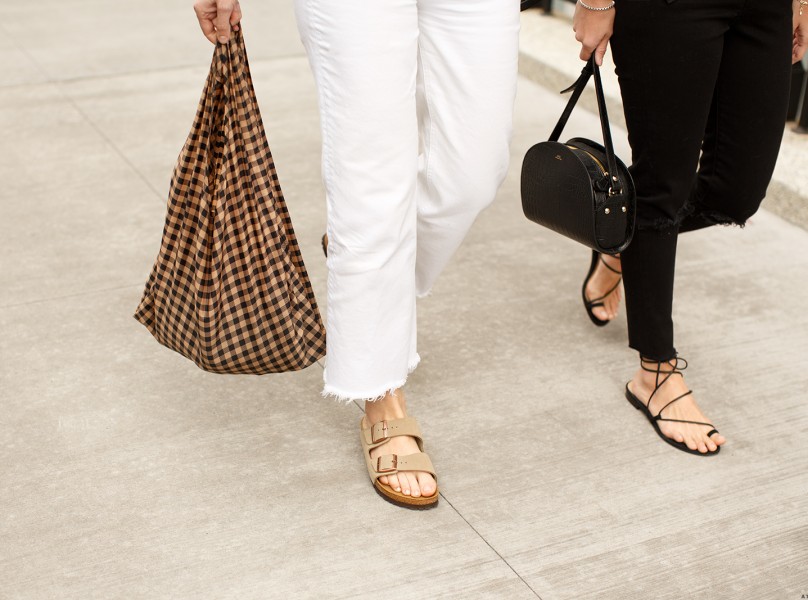
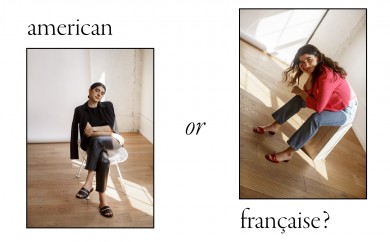
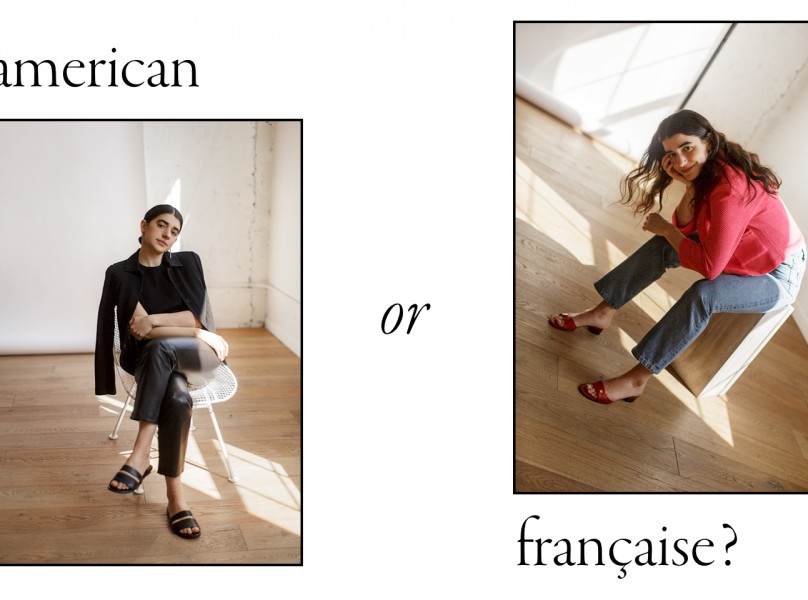
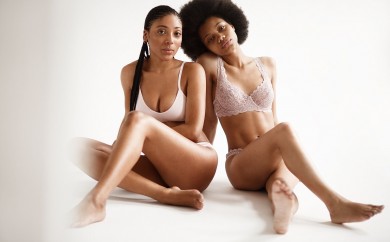
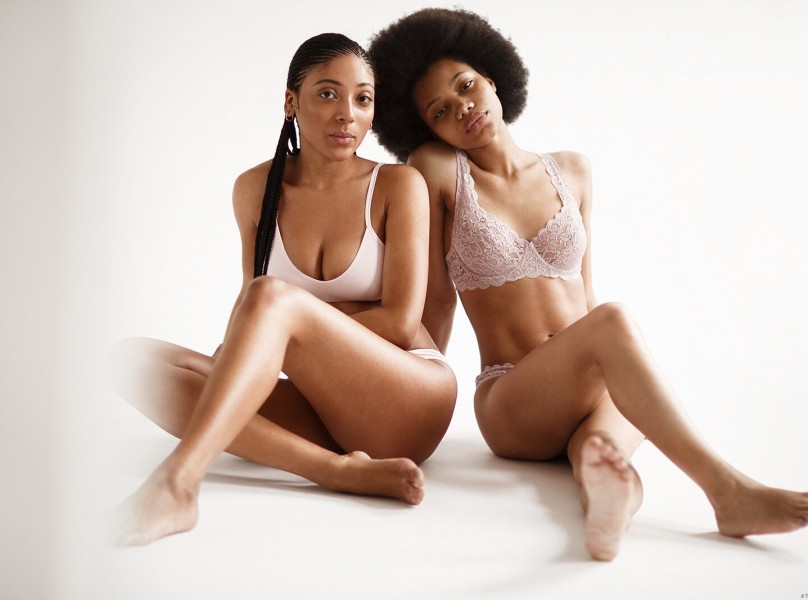
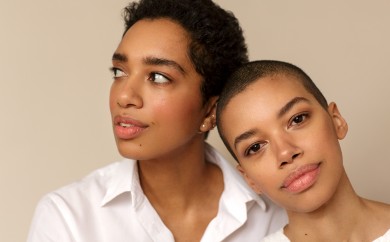
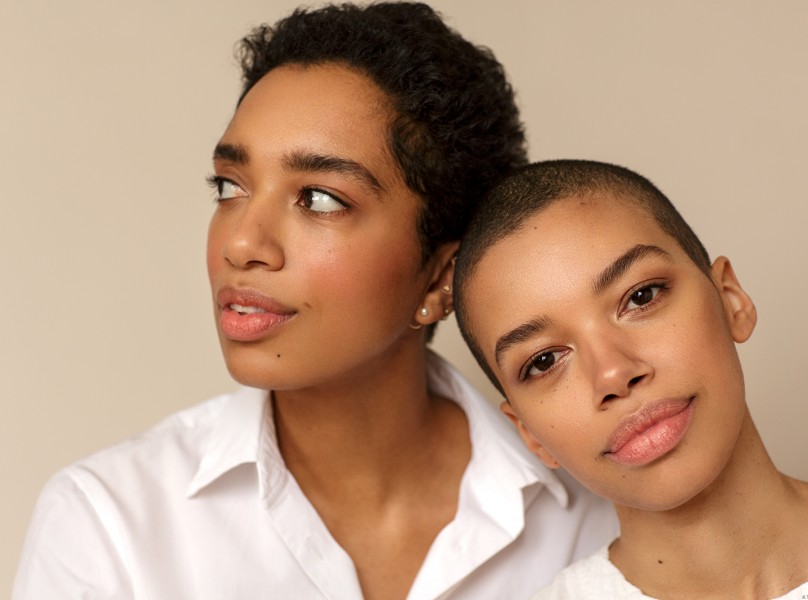
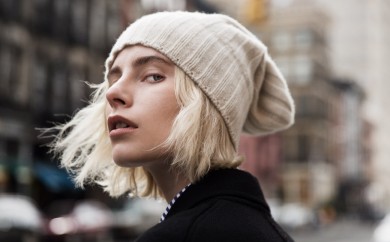
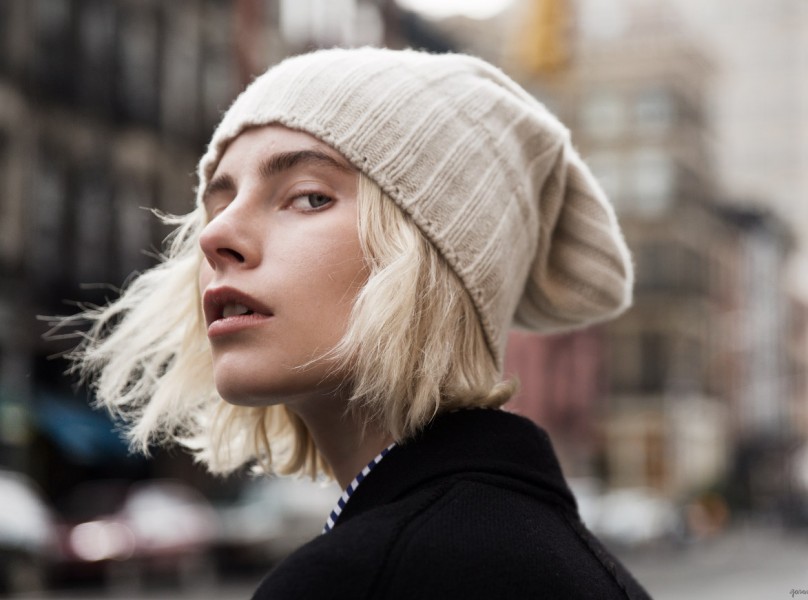
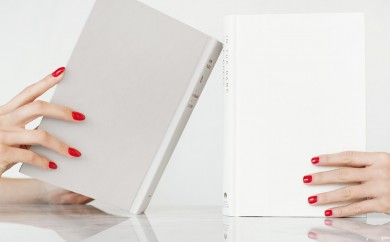
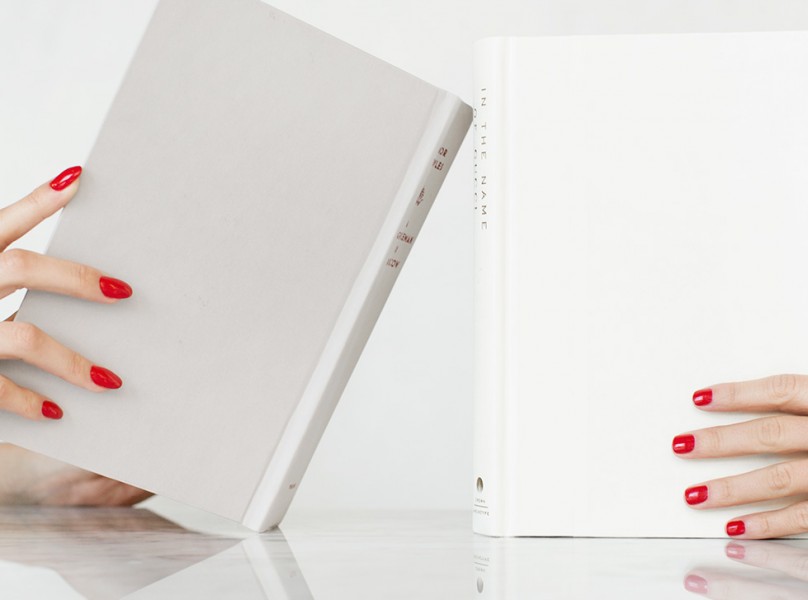
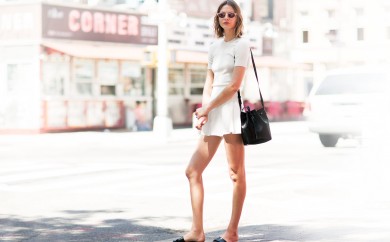
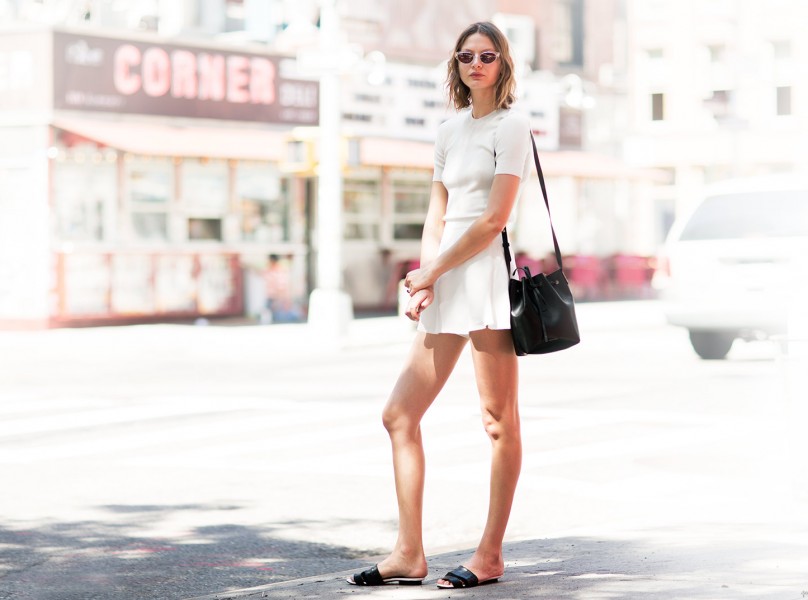
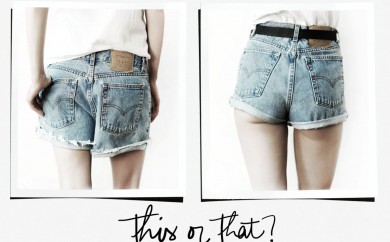
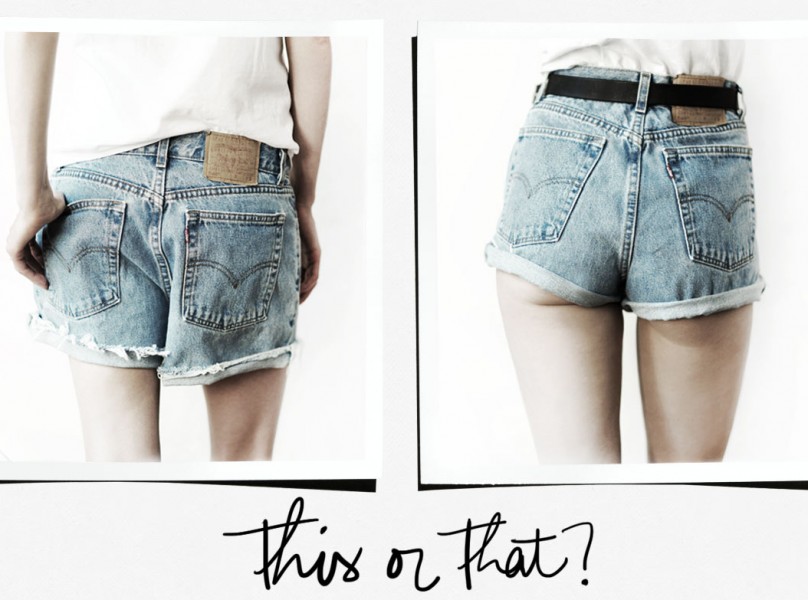
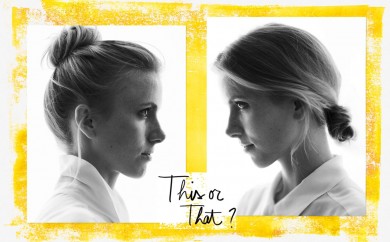
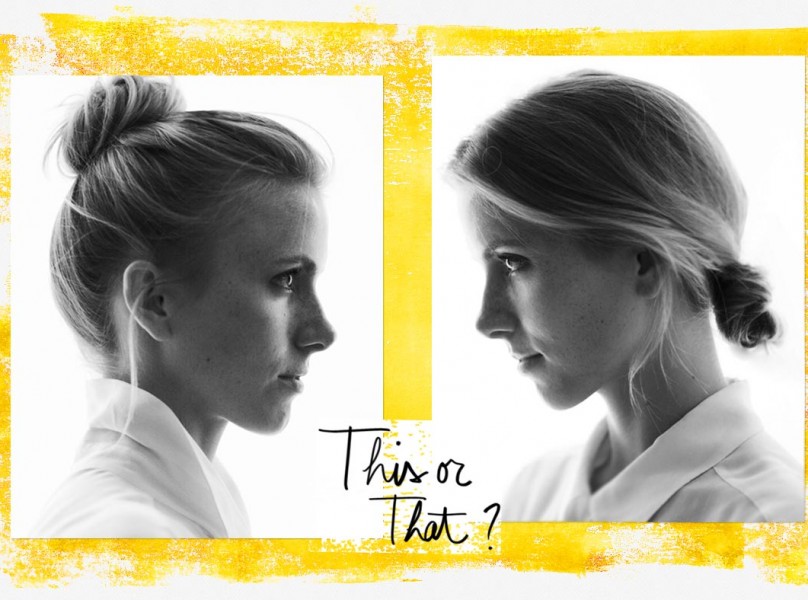
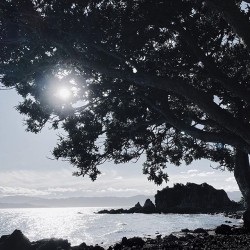
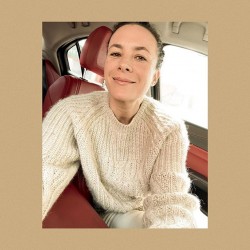
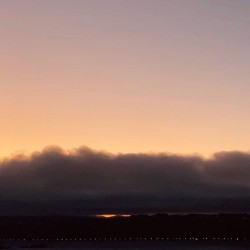

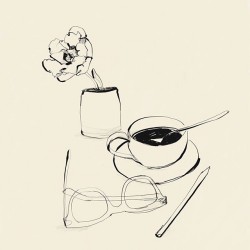
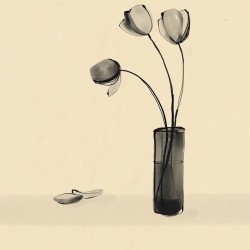
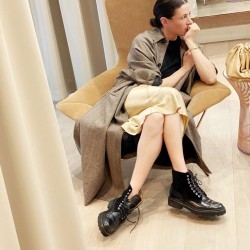
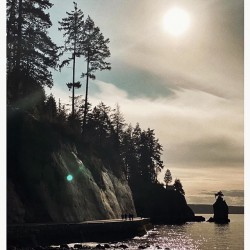
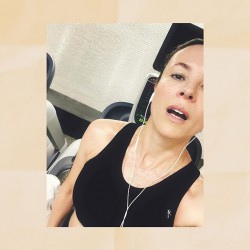
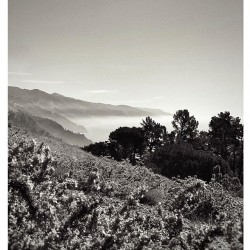
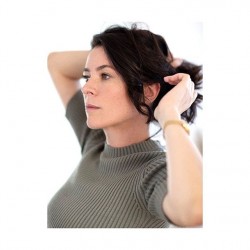
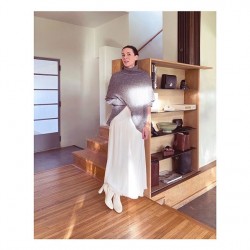
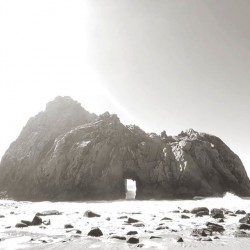
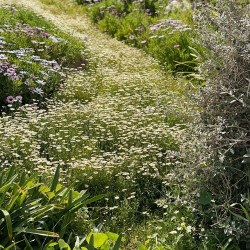
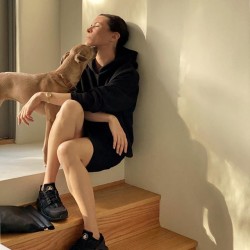
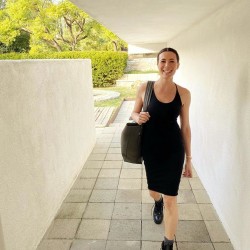
*_* !!!
(Re)read this lovely Piece three times !!! Thank You !!!
J
Wow that was beautiful, thanks for sharing!
I thought Garance moved to LA?
Beautifully written, thank you!
Always when I need a little comfort from daily life I come to this website, and give myself minutes just to inspire and enjoy the art of sharing storys. This was amazing and beautiful to read.
Regards from Brazil,
Natty